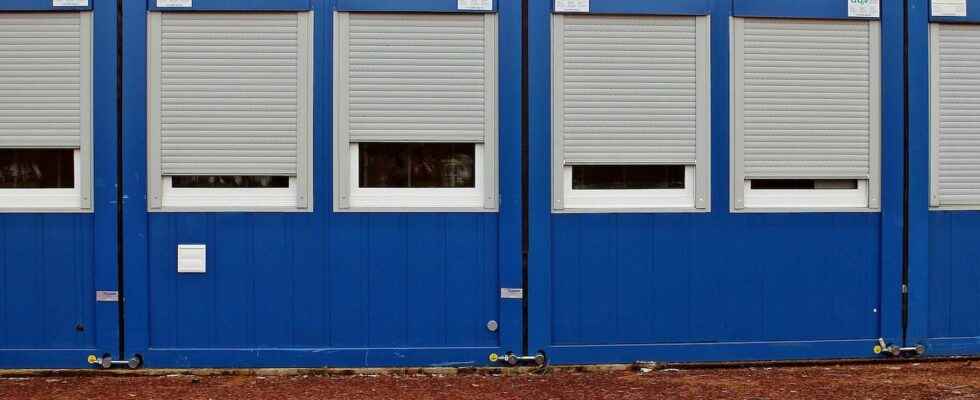The term ” modular construction refers to a principle of construction invented in 1955. It is based on a set of prefabricated modules and equipped to more than 80% in the factory. These are then transported to the site, where all that remains is to assemble them.
The same principle also applies to modular houses which, contrary to what happens in the case of traditional architecture, are not designed on the site of their establishment.
Note that in France, the term “Algeco” (registered and protected trademark) is sometimes used to designate modular sets. This is an abuse of language. A bit like we do for the refrigerator (which refers to the object in question) and the fridge (which corresponds to a brand name) or the fridge (which is the abbreviation of this brand name).
Developments in modular construction and its market
Quick installation, low cost and great flexibility: the principle of modular construction was designed to meet the functional needs of temporary shelters. In its early days, it was aimed primarily at the building and public works sector, which generally rented modules to establish cantonments for construction sites in particular. It then opened up to other sectors such as trade, education or events.
Always based on these bases, it has, over the years, evolved considerably. It has even penetrated the permanent building market and is now regularly used for the construction of offices or student residences, for example, and even for the construction of housing, collective or individual.
Indeed, if the temporary modular structures are planned to last between 10 and 50 years, the structures intended to constitute permanent buildings present a duration life similar to that of traditional buildings. Modular construction can, more easily than any other, adapt to changing needs (new configuration, addition of superimposed floors, etc.).
In addition, the modules, which once looked like simple boat containers, have undergone aesthetic improvements (colors, dressing, equipment, etc.) and are of increasing interest to architects. Henceforth, rental and sale are almost evenly distributed in a steadily growing market. This is between 900 and 1,200 euros per square meter for a standard module.
Modular construction in the environment
Some manufacturers offer modules for wooden constructiona material which can be described as “sustainable” and which traps CO2. However, the structures employed in conventional modular construction are largely made ofsteel. Now, thesteel is also a material called ” environmentally friendly “. It is, for example, 100% recyclable and its lightness allows the construction of buildings with low inertia thermal. Moreover, the modular construction must also respect the thermal regulations 2012 (RT 2012), which ensures a consumption ofenergy limited.
Despite these strengths, work is still being carried out to innovate in matter of materials used, with the dual objective of guaranteeing the compliance of the premises with the regulations in force (stability in fireelectrical standards, etc.) and to respect environmental procedures.
You will also be interested
Interested in what you just read?
